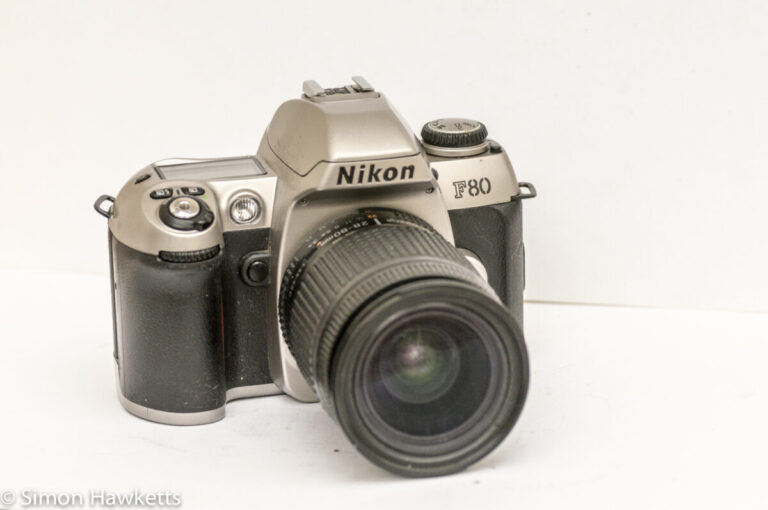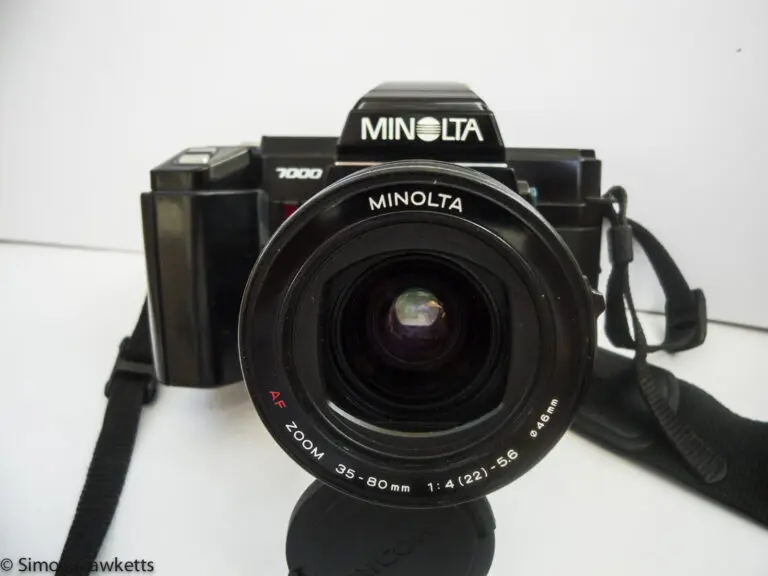Super Paragon PMC 28 mm f/2.8 lens on Fuji X-T1 mirrorless camera
The Super Paragon PMC lenses were made in Japan in the early 1970s by a company called Cimko and were sold with a number of different manufacturer’s names on. They were a typical third party lens and could be purchased with a variety of different lens mounts to fit cameras from Pentax, Minolta, Nikon etc.
A post on the manual-focus forum suggests that the actual optical design was licensed from Topcon, which would put them in quite good company. In this post, I’m trying out the Super Paragon PMC 28 mm f/2.8 on my Fuji X-T1 mirrorless camera.
Super Paragon PMC 28 mm f/2.8 Pictures
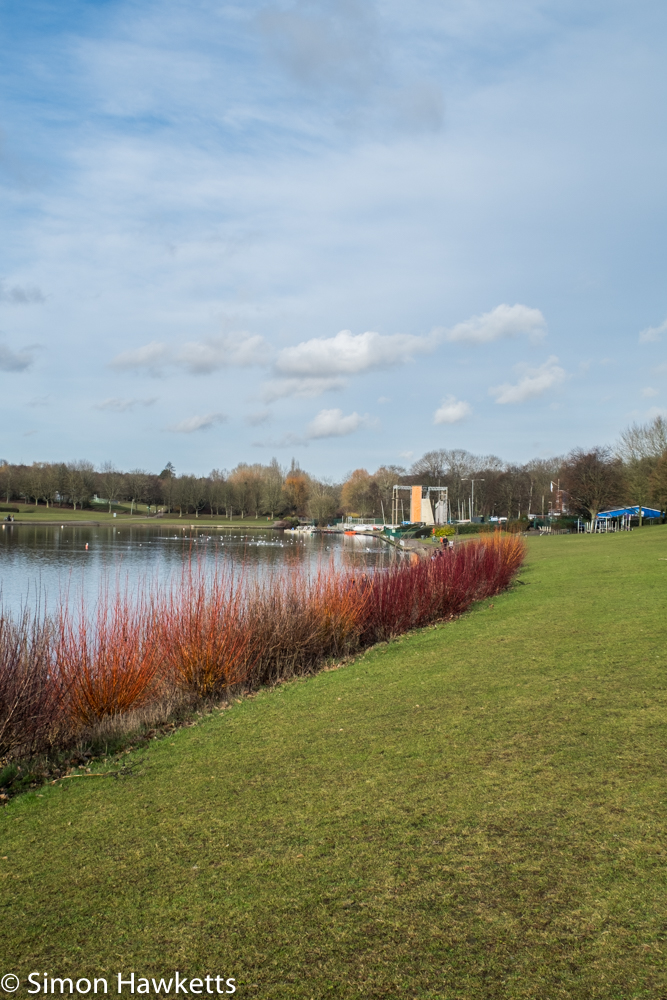
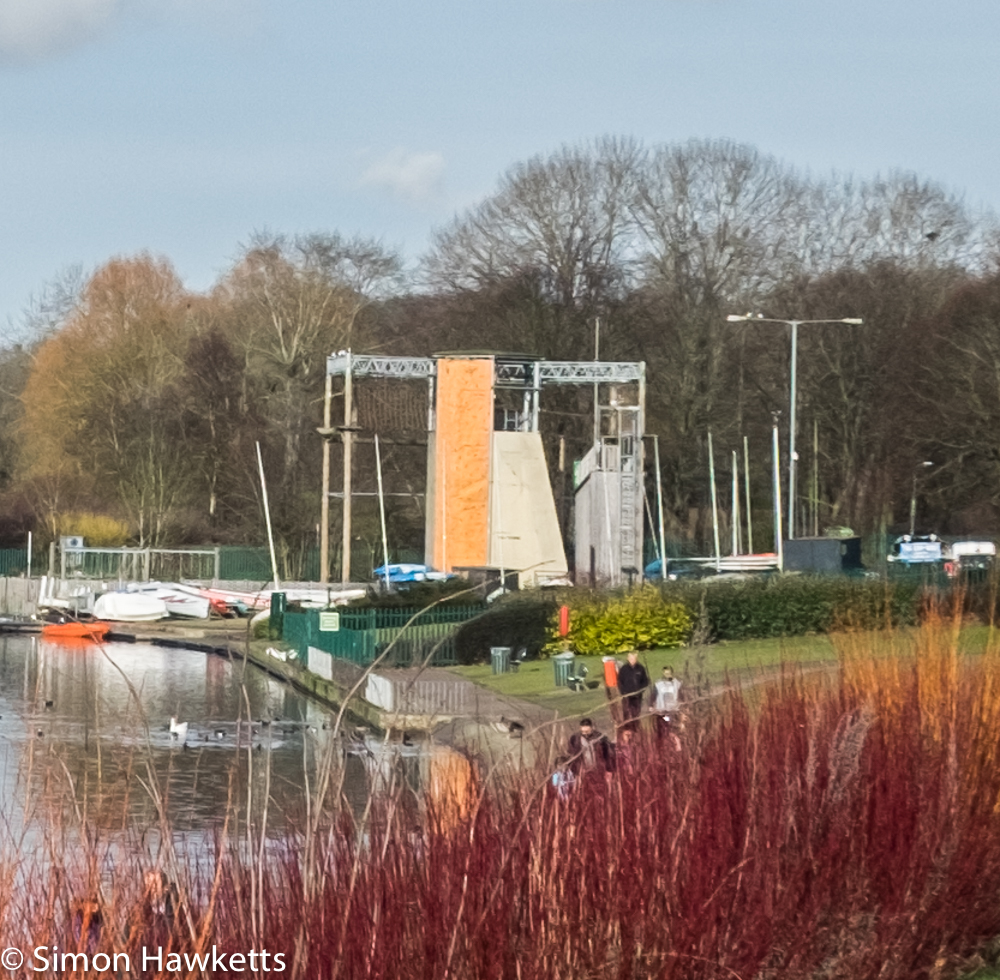
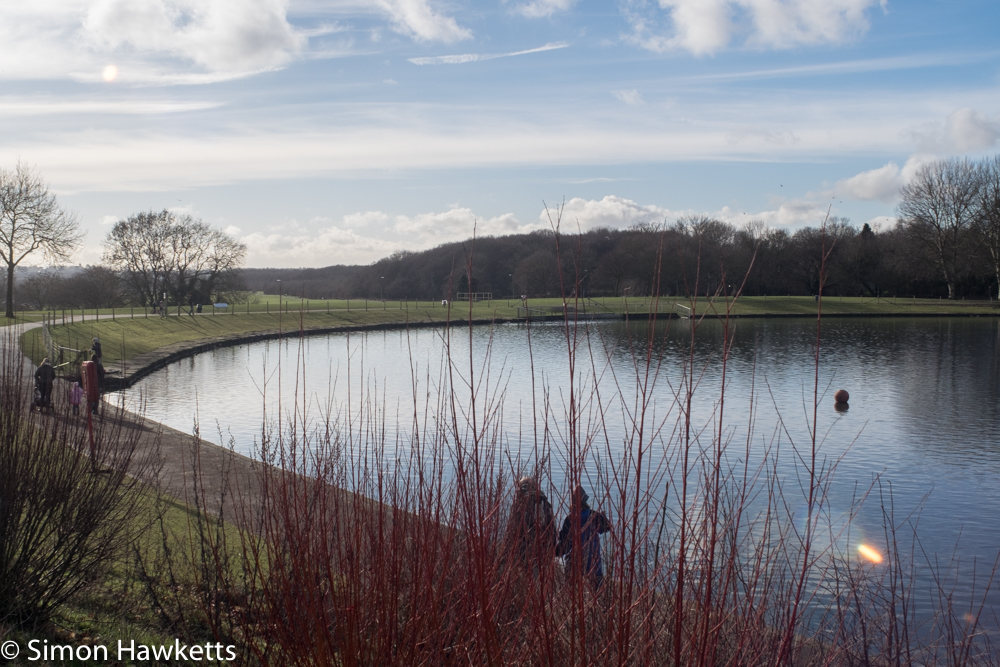

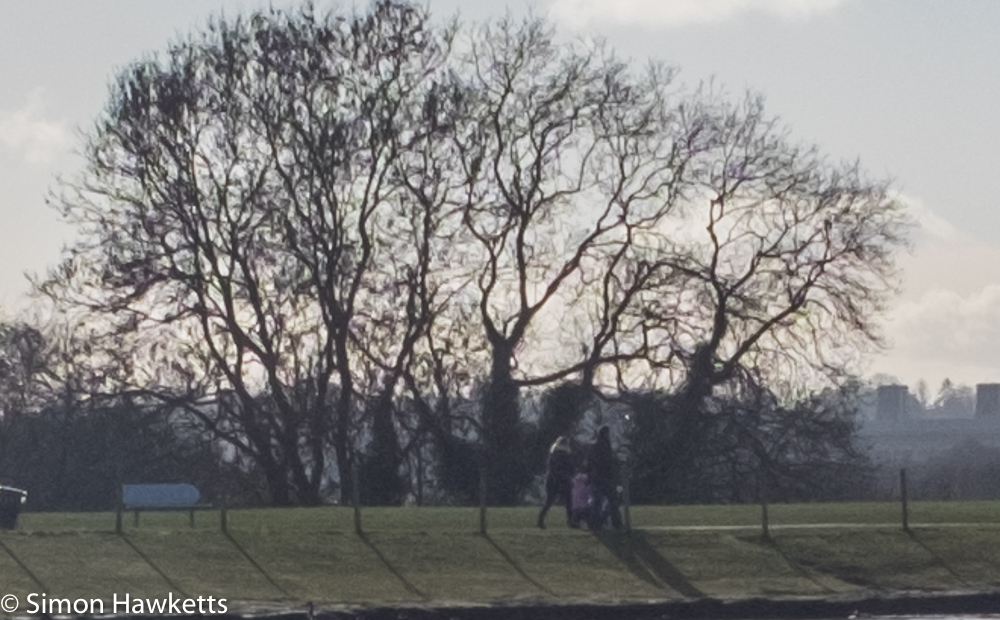

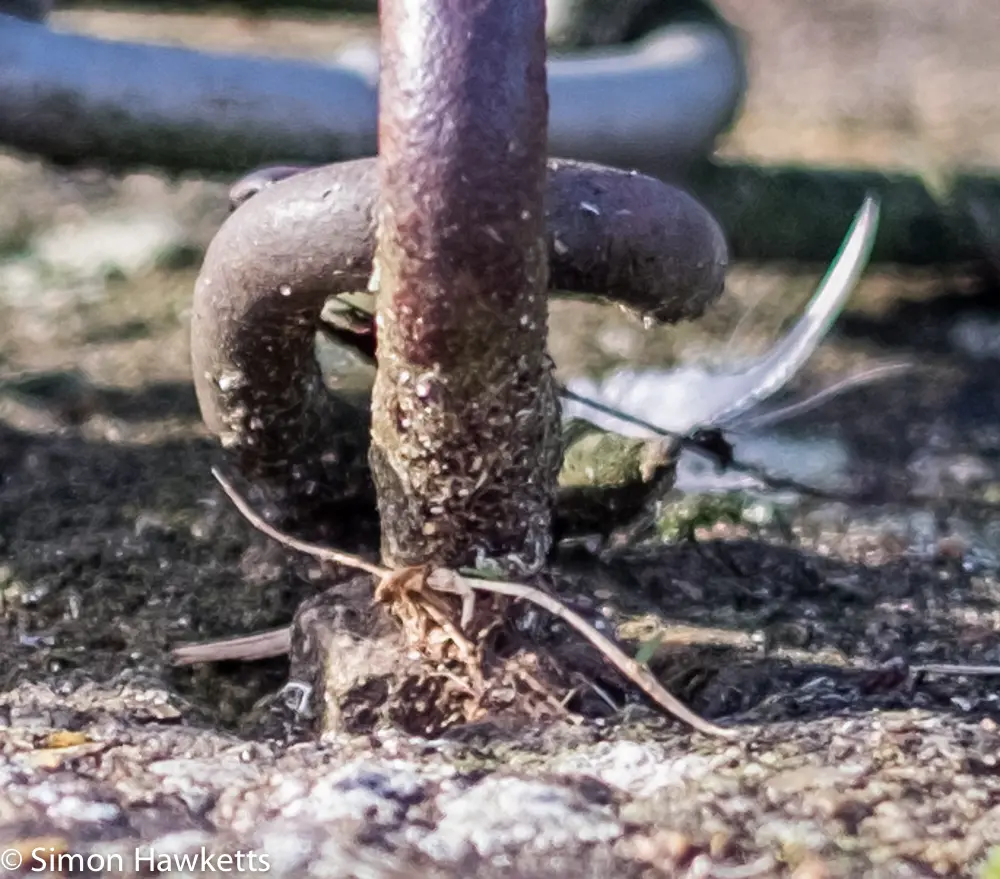

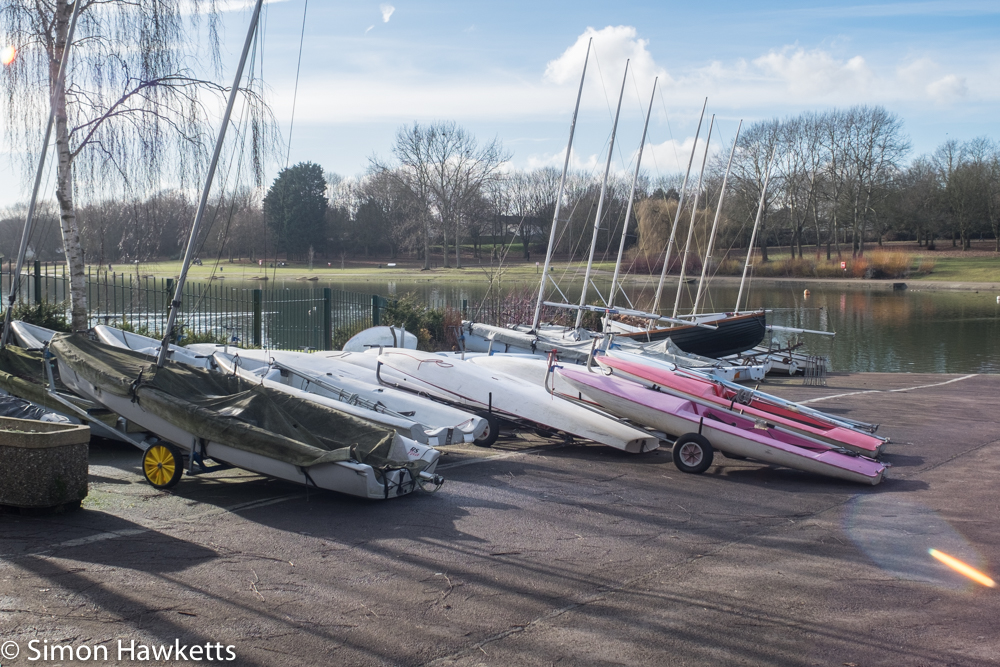
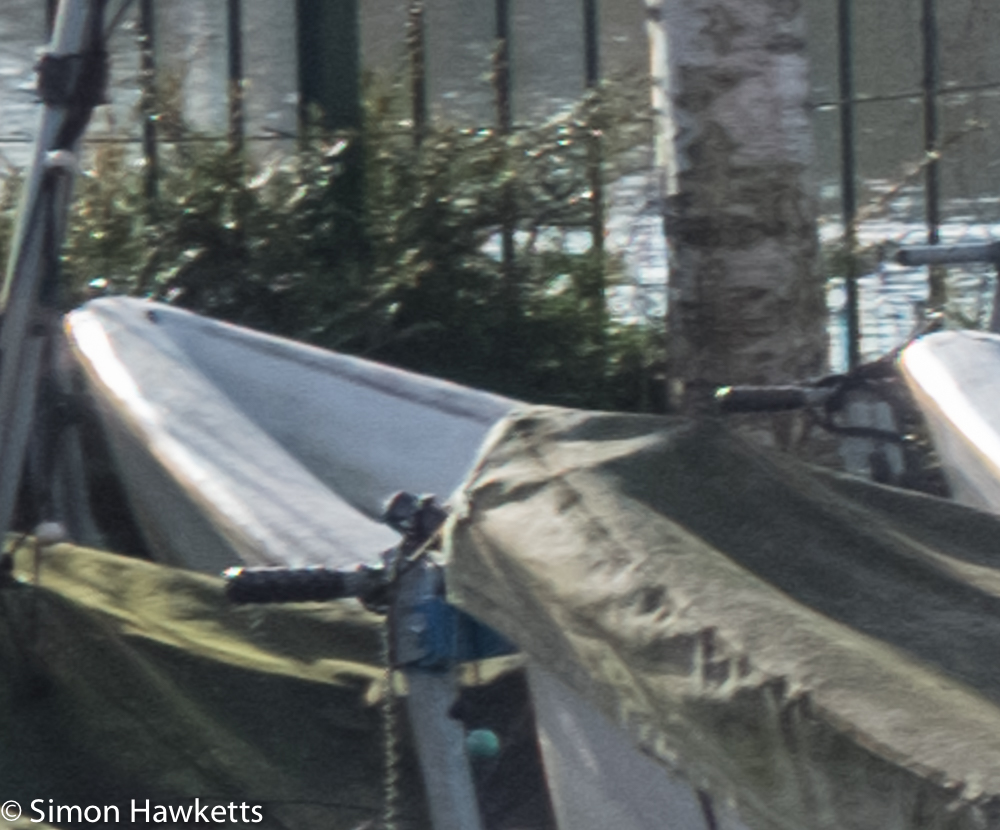
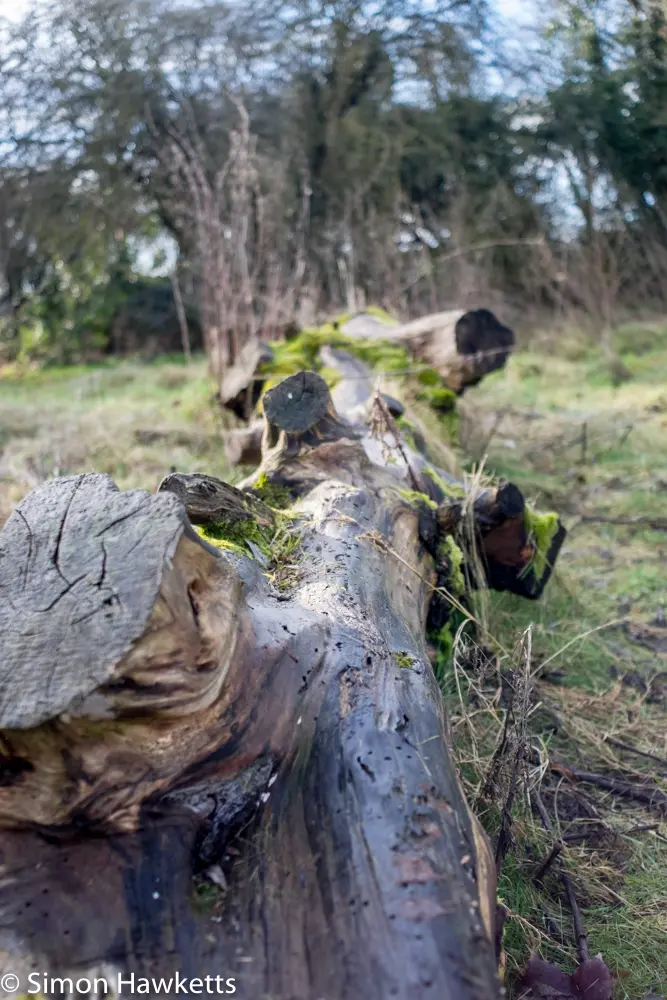
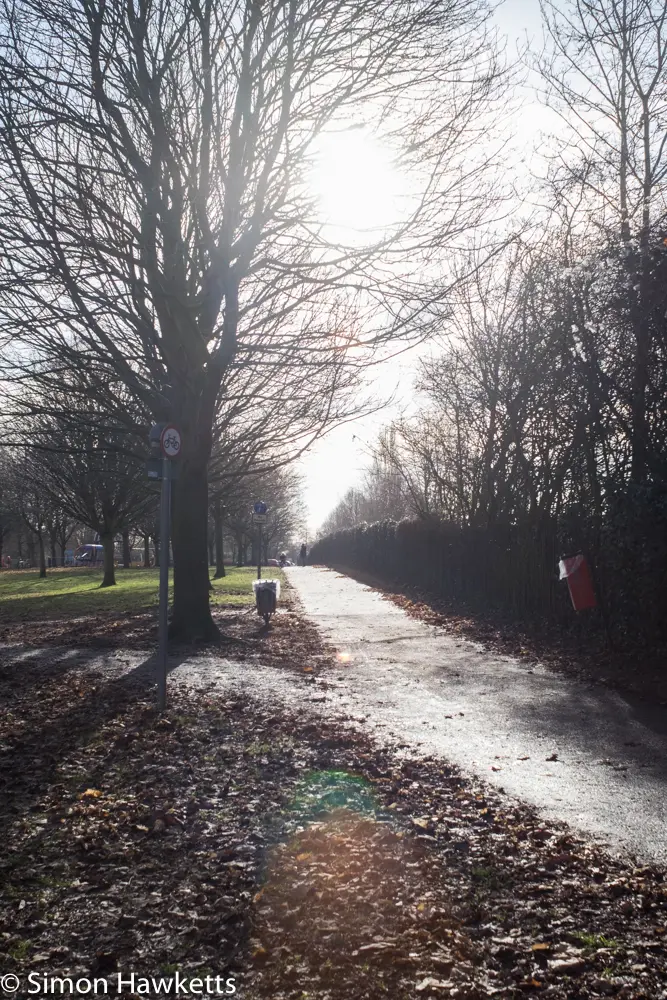

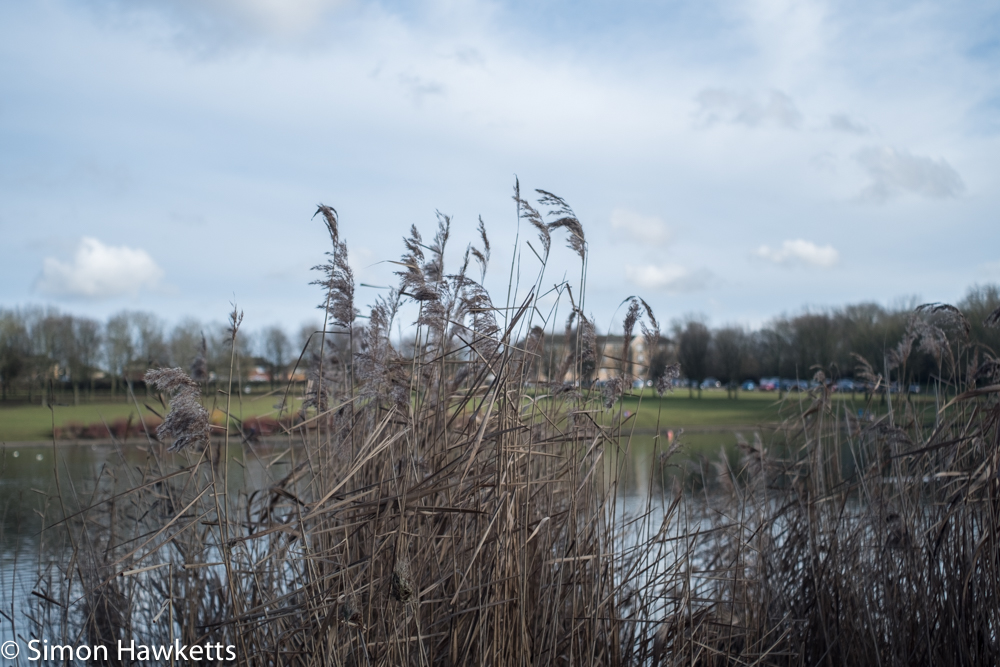
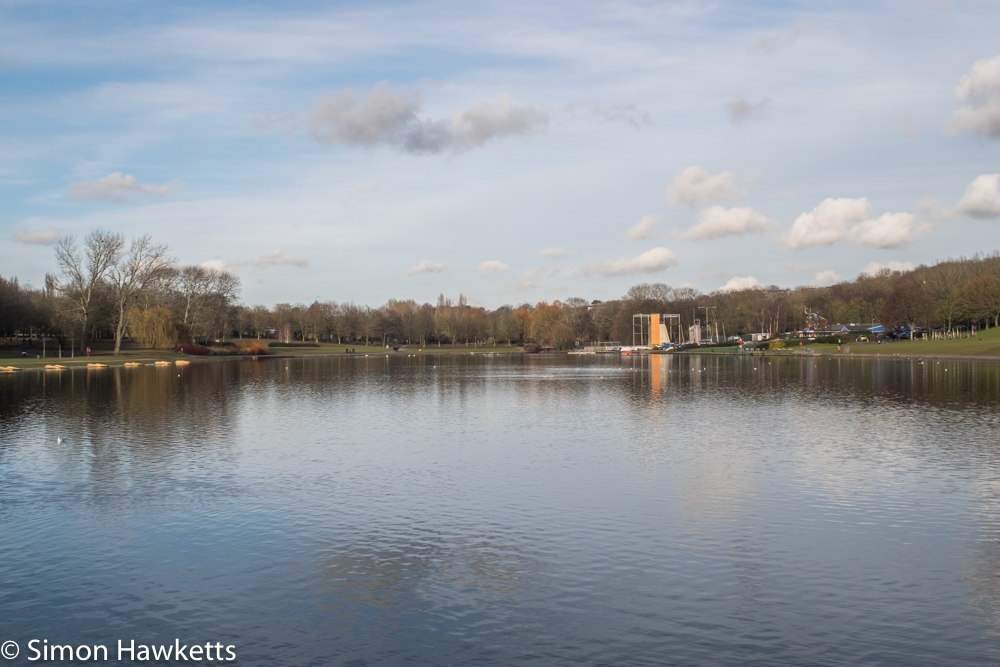

The lens is a 28 mm f/2.8 variety with an M42 screw mount. The 28 mm focal length is a typical wide angle lens when used on a full frame camera but when the X-T1’s crop factor is applied it becomes a 42 mm ‘slightly wide angle’ unit. I acquired my copy when it came as a second lens on a Mamiya 500TL 35 mm camera along with a Mamiya Sekor 50 mm unit.
In construction, it is typical of lenses of its time. The body is solidly made of metal and has only two adjustment rings; a large knurled grip at the front of the lens for focus, and a smaller click stop ring at the back for aperture. There is an aperture actuating pin in the mount but when used on a digital camera like the Fuji X-T1 this is disabled by the lens adapter.
The aperture adjustment range is from f/2.8 to f/16 and only covers full stops – there are no half stop positions on the aperture ring – and the focus ring from infinity down to a quite respectable 1 foot. On the focus scale there are depth of field markings, and as well as the normal focus point alignment mark there is an additional mark for Infra Red focus. When the front of the lens is looked at it’s possible to see multicoloured reflections, so the internal elements are obviously multi coated to reduce reflected light. I suspect that is what the PMC in the lens name stands for (Paragon Multi Coated possibly?).
Super Paragon PMC 28mm f/2.8 Samples
In order to test the Super Paragon PMC 28 mm f/2.8, I took a walk around the sailing lake at Fairlands park in Stevenage with it fitted to my Fuji X-T1 and the pictures I took are included in the gallery above. I used typical settings for a manual lens on the X-T1 – manual aperture (of course) and shutter speed but with the ISO set to auto. Those settings kept the exposure under control while the huge viewfinder on the camera meant I could use the dual display mode and magnified view to assist with focusing.
I expected the lens to be a typical 3rd party lens and an adequate performer but in fact I found it to be much better than that. The pictures above show that the Super Paragon is capable of quite fine results with good colours and definition. Among the samples above I’ve included some crops from various points in the main picture which show that the lens has good resolving power.
If I had to pick a fault it would be that the lens is quite susceptible to flair when pointing into the sun. There were quite a few examples where there was a lot of flair with the sun off axis, but that was really my fault since I didn’t fit a lens hood.
So overall this lens is well worth the couple of pounds I spent on it!
Video
In order to show a video sample from the lens I took this short video of the wildlife pond in Fairlands using the Fuji X-T1.
Discover more from Everything Vintage
Subscribe to get the latest posts sent to your email.

